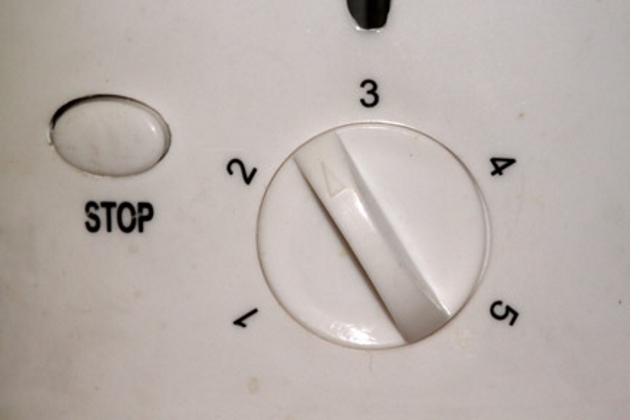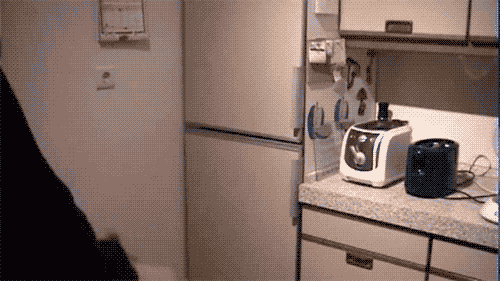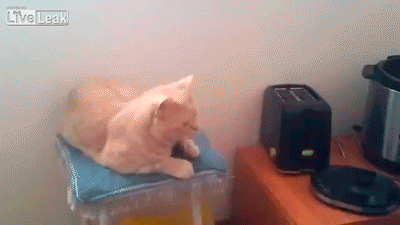THERE HAS BEEN a rumour going around the internet for a while now, and we need to put it to rest.
It’s a common belief that the timer on your toaster is just that–a timer. However, the Today FM lads Dermot and Dave debunked this earlier in the year after they set their toast to two minutes, but it popped way earlier.
YoutuberTom Scott did a similar experiment, in which he explains that it’s not a timer, but it’s indicative of something way vaguer.
It’s what is known as ‘browning control’, and the obvious system is 1 = barely toast, while the highest variable setting will give you a lump of charcoal.
Toaster manufacturer Delonghi dismiss the rumours that it could be down to the temperature of the toast:
Browning control markings are indicative only. Setting ranges on toasters are optimised to consider all bread types used in market regions where the product is sold.
Hence, you might be getting a different toaster for your delicious Brennan’s than the American market and that stuff they call bread.
They continue…
Control graduations serve purely as a users ‘visual reference’ to repeat toasting characteristics for a given bread and condition.
Similarly, Russell Hobbs state their toasters browning control goes from (1 = light, 6 = dark).
And if it wasn’t clear enough, here’s a graphic from the Dualit manual that clearly states their ‘timer’ is in fact indicative of the level of toasted you want the toast to be.
But what even IS browning?
According to Scott, the timing is all down to the toasters bi-metallic strip, two pieces of metal which heat up and expand so it begins to curl under the stress. The purpose of the dial is to dictate how far it can curve before the toast is ejected.
In modern appliances, this is done through a circuit containing resistors and a capacitor and a variable resistor that makes the toast pop up once the charge reaches the set voltage.
Some other fun toast facts:
- Stale bread toasts faster than fresh bread.
- You should wait 30 seconds between toasting two pieces of bread to make sure they toast uniformly.
- Yesterday’s bread contains less moisture so will give crispier toast.
- Sweets and cakes toast way faster so use a lesser setting.
- The thickness of bread greatly affects the outcome of browning.
Who knew toasting was so complicated?








